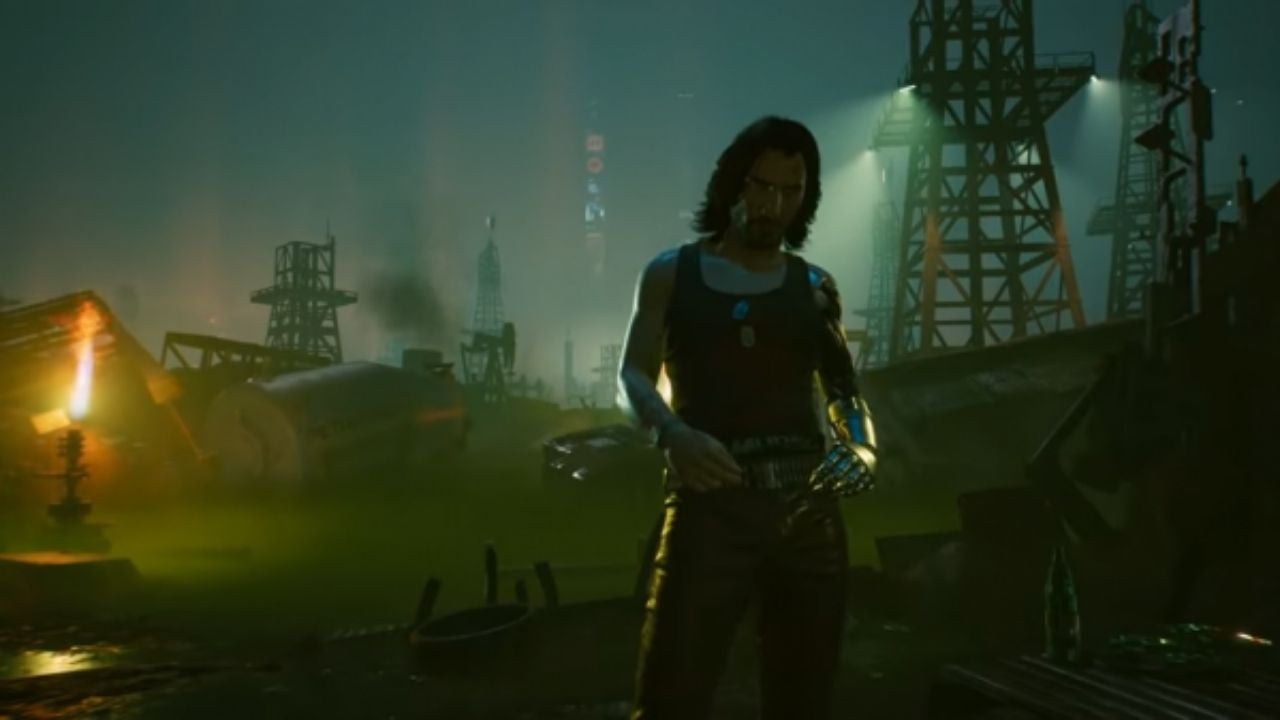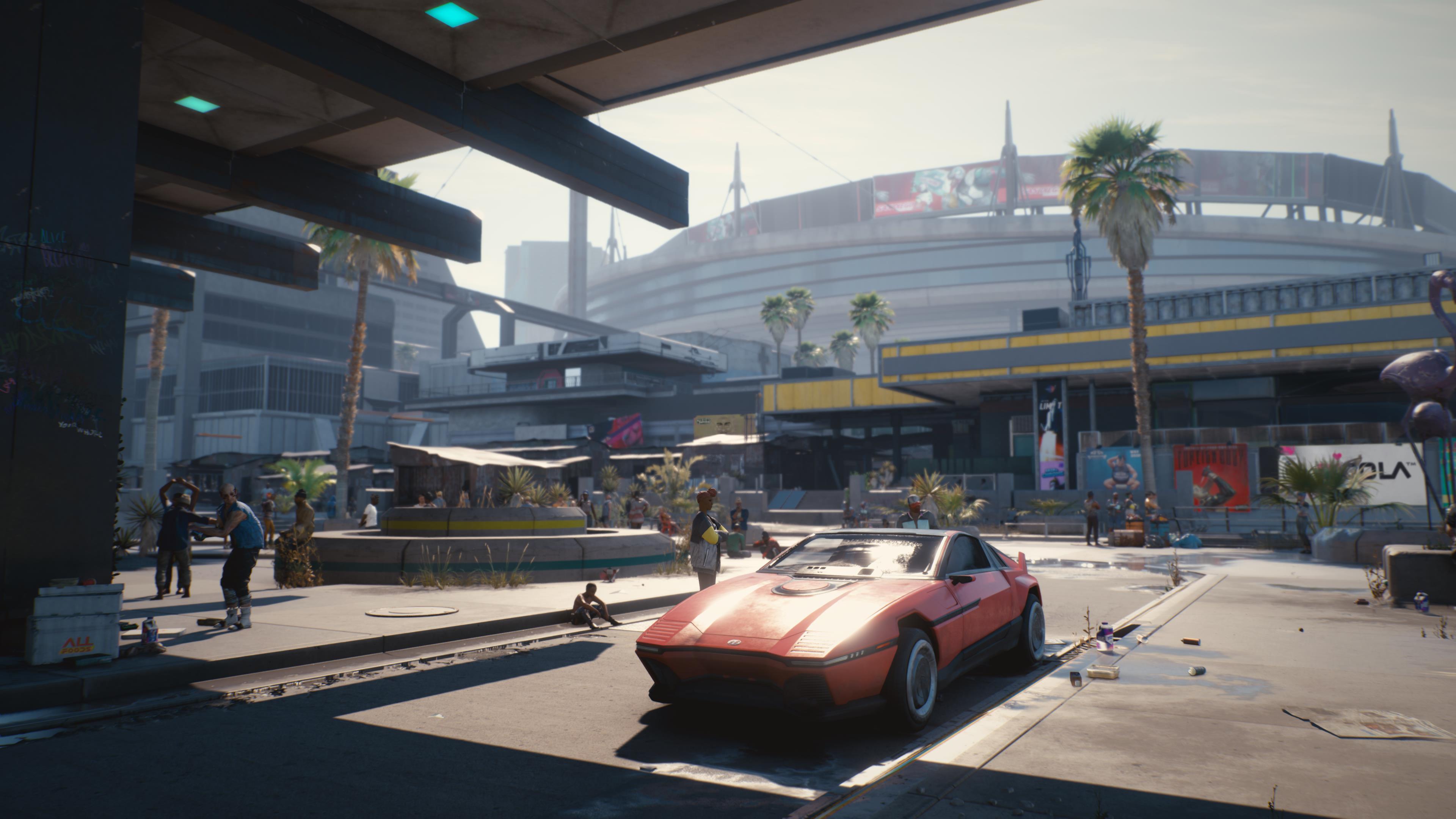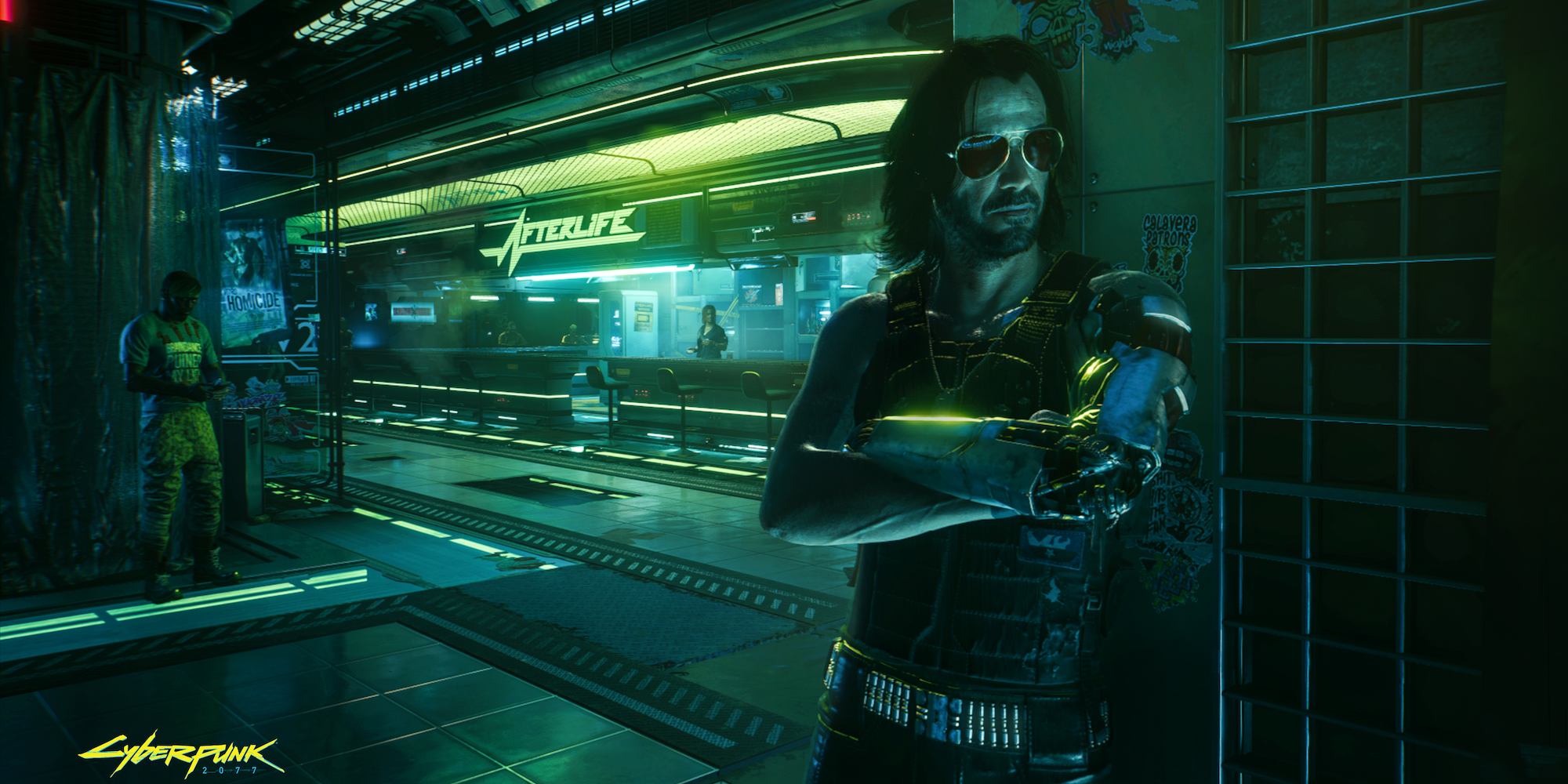DLSS stands for Deep Learning Super Sampling, and it’s a clever AI-assisted feature that essentially allows you to get higher frame rates in games without having to sacrifice their visual fidelity. A game that might only run at 30 frames per second in regular settings could previously often be cranked up to over 60fps with DLSS enabled – and with DLSS 3.0, Nvidia aims to crank the gains up even further. The way DLSS works is pretty simple. AI models are trained on the visuals of games, meaning that the AI can effectively upscale a game with such accuracy in its fidelity that it’s near-enough indistinguishable from the game natively running at a much higher resolution. Running at a lower initial resolution is helpful for settings, however, allowing you to crank up all those delicious PC gaming graphics toggles to max – including ray tracing, the transformative lighting feature that also has a habit of tanking frame rates. At that point, a game like Cyberpunk 2077 will run with all those bells and whistles enabled, but at a reduced resolution. DLSS then takes over, upscaling the image the game puts out to a crisp, clean 4K image that is near indistinguishable to a native 4K image that’d be running at a much lower frame rate. It’s genius. DLSS has been around for a while, as has FidelityFX, AMD’s rival solution – but this latest update to the technology is significant enough that Nvidia’s calling it a full number increment improvement – and it lives up to that designation in testing. First, some raw numbers. If you dial Cyberpunk 2077 up to maximum on everything, using the new top-of-the-range and mega expensive RTX 4090, the game will manage 60 frames per second with ray-tracing turned on. That’s a pretty good result, however that is on a graphics card that costs well over $1000 dollars. Still, let’s stick with the 4090 for a second. What happens if you turn DLSS 3 on? Well, Cyberpunk sees its average frame rate skyrocket to well over 120fps, often pushing closer to 200fps than not. These sky-high frame rates have limited utility without the high-end displays to match, but whatever the screen, DLSS 3’s frame rate boosts lead to games looking far smoother on practically any display. With the 4090’s raw power, this might seem like overkill – but on the other incoming cards, like the two announced forms of the 4080, this’ll help get a 4K Cyberpunk play with everything maxed out well beyond a stable 60fps. In Cyberpunk, activating DLSS 3 also activates Nvidia reflex, which means the smooth frame rate combines with lag-reduction technology to make the shooting feel hugely snappy and responsive. Part of this, it has to be said, appears to be a deliberate offset – DLSS 3 appears more likely to introduce additional lag than its predecessor, but by pairing it with Reflex, a lag reducer, the end result is an overall improvement on native play. It’s a similar story in Flight Simulator, and this despite that being a game that is typically a little bit more CPU-bound than Cyberpunk. The boons to frame rate from DLSS are huge - and generally speaking, DLSS 3 appears to offer results almost twice as good as its direct predecessor, the DLSS 2 setup available on 20 and 30-series Nvidia GeForce GPUs. The superiority of this new third version of the technology comes from the fact that it can now essentially generate all-new frames on its own. DLSS 1 & 2 could only upscale existing frames - but now the technology is sufficiently advanced that it can generate new, extra frames in between existing frames. This basically means that even if the game is only outputting, say, 90fps, the Nvidia card can extrapolate the visual data and create extra frames, slotting them into the sequence to create an even smoother look. It’s a wildly ambitious use of AI technology, and it’s honestly pretty incredible. The technology behind all this is deep. It’s probably better off for somebody with a bigger brain than I explain; our buddies at Digital Foundry have a video on the topic, of course. It’s about the neural net, and motion vectors, and something called an optical flow accelerator. I understand it, but only after perusing pages and pages of technical documentation from Nvidia – and I’ve no idea how to summarize it – other than to just play games on it. Doing that gives one the words. Playing Cyberpunk like this is broadly transformative. I liked the game very well enough back on launch, as even then I was playing on a high-end PC where the bugs were the least intrusive. But here, this game feels like the future – and not just in terms of its setting. The ray-traced lighting demonstrates how this lighting tech isn’t just a trend that’s presently in vogue – it’s clearly the future of realistic-looking worlds and ongoing graphical improvements. Just a few years ago, ray tracing came at the cost of performance – but now DLSS allows you to have it on and achieve even higher frame rates than if you had both off. It’s astonishing. The catch, of course, is that this feature isn’t readily available everywhere. Developers must engage with DLSS and manually add it to their games, either during development or via patch. But the tools to do so are now integrated into Unreal Engine and Unity, two of the industry’s most common, so it seems a given that this will soon become a fairly standard PC release feature, alongside AMD’s equivalent. Even the fruitless ‘Switch Pro’ rumors have constantly suggested that its graphics board - which of course is provided by Nvidia – would support DLSS. It’s here to stay, and with bloody good reason. Nvidia would of course like to sell DLSS 3 as a new must-have tool, especially since it’s compatible only with the new 40-series graphics cards. In a sense it is a killer app to get you to pull out your wallet and drop relatively big bucks on their new tools. Equally, however, it’s an iteration rather than a revolution – a large step up from what DLSS 2 could offer on last-generation cards, but an anticipated improvement nevertheless. But all of that is, y’know, sensible. There’s nothing sensible about playing a game like Cyberpunk maxed out at frame likes like that. It feels like you’ve time traveled, Cyberpunk running with a breeze and speed usually reserved for decade-old games since massively technically outclassed. It feels like it shouldn’t even be legal. It’s driven me head-first into an all-new Cyberpunk playthrough, something which I hadn’t planned until the DLC was ready. Increasingly with Nvidia’s releases, each new generation of hardware is not just about the physical cards and the hardware uplift they provide – it’s about the suite of software and tools that hardware unlocks for use. More graphics is great and all, more horsepower never goes amiss, but it’s in features like Nvidia Broadcast, Reflex, and even diagnostic tools like Frameview, that the graphics giant makes its case for remaining market leader. DLSS 3 is another tremendous string to that bow – and I’ll now be using it wherever it is available.



